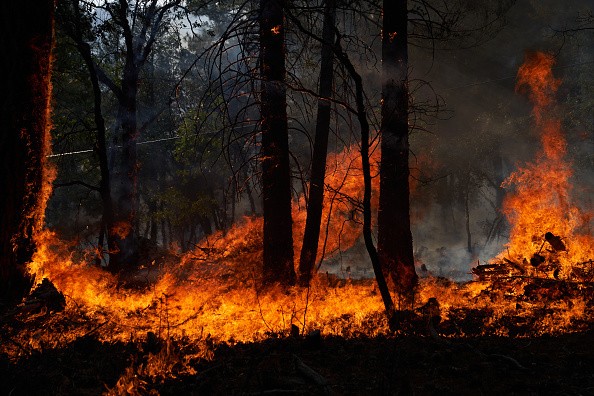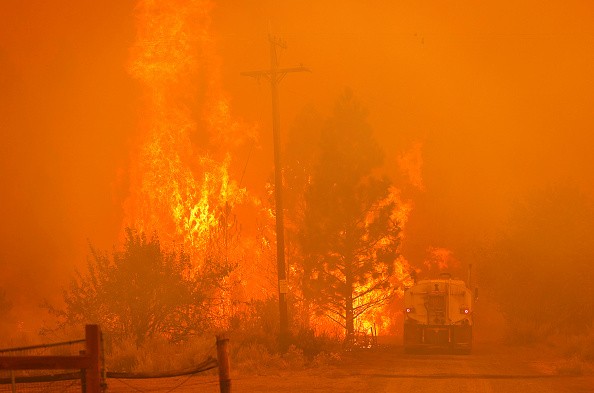For the American west, 2021 proved to be another terrible fire year.

Wildfires Burning
Wildfires burned throughout the United States, burning about 7.7 million acres amid a catastrophic drought and record-breaking heatwaves. Some of them smashed records that had only been set lately. While the quantity of area burnt this year did not match the heights seen in 2020, a worrying new pattern emerged: flames are becoming more challenging to put out.
"With the circumstances we saw this year and everything building up to it - unprecedented drought, these protracted dry spells, heatwaves - everything combined made it a tough year," said Aitor Bidaburu, the US Fire Administration's wildfire program manager. "The intensity with which they burned," he says, was his biggest takeaway from the fires.
Extended Fire Season

Wildfires used to be restricted to four months, but today they threaten the entire year. According to the National Interagency Fire Center, about 29,000 wildfires have already erupted throughout the United States by the 21st of June, roughly 4,000 more than in usual years. The numbers show a fire season that has extended far into the year, flames that have become more violent, and meteorological circumstances leading fires to act unpredictably and dangerously.
Megablazes are getting more common. These intense fires that engulf more than 100,000 acres were previously a pinnacle of a firefighter's career. However, they're growing more common. "First responders tell us they've never seen fire behavior like this in their careers," Bidaburu said. "[Megafires] are becoming commonplace. We meet them weekly during the summer."
Worsening Fire Risk

Historic circumstances in the American west worsened fire risk, including a record-breaking drought and extreme heat waves. Increased heat not only dries landscapes quicker, making them more susceptible to fire, but it also diminishes snowfall, lowering water flow into rivers and reservoirs. "Year after year, you're simply building up high temperatures and below-average precipitation," said Andrew Hoell, a National Oceanic, and Atmospheric Administration meteorologist and co-lead of the agency's drought taskforce. "It's simply a bad circumstance."
The fires, when combined, put great strain on the United States' firefighting resources. According to Bidaburu, expenses have risen as the severity of the attack has increased, as has the proximity and risk to people. "When you get these big flames, you need more resources," he adds. "The urgency is higher, and the public safety component is much higher."
Severity
The severity of this year's fire season has heightened the stakes, prompting governments to rethink their firefighting techniques. Climate models predict that if current greenhouse gas emissions continue, the danger of catastrophic wildfires might increase by up to 6-fold in the next three decades.
"We're witnessing a significant rise, and the situation we're in is here to stay," CalFire Chief Heggie said. California, for example, is stepping up mitigation measures and concentrating public education campaigns on fire safety, but it is continuously trying to stay up with changing conditions.
Also Read : How Climate Misinformation Through Social Media Worsens the Battle Against Climate Change
For more news about natural calamities, don't forget to follow Nature World News!
© 2026 NatureWorldNews.com All rights reserved. Do not reproduce without permission.





